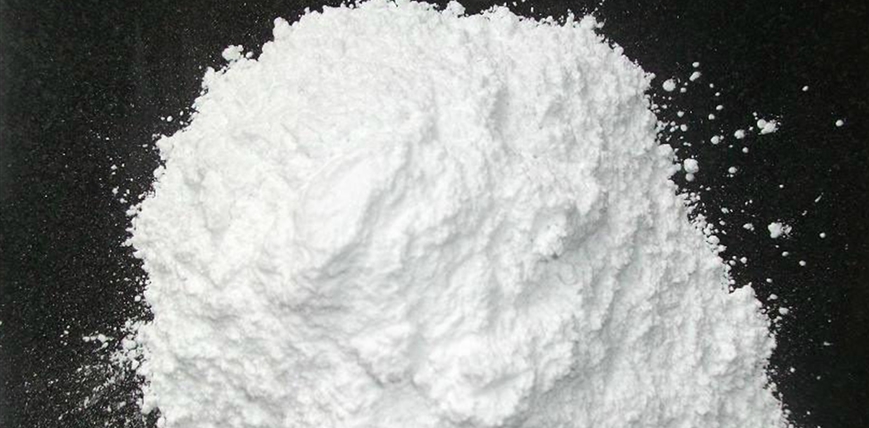10 Micron Talc Powder is essential in the manufacturing of fine granular products. It has a wide range of applications, including as a dust suppressant, water repellent and acts as a lubricant. This powder is also widely used to make paints, coatings and adhesives that are resistant to weathering, staining and fading as well.
Highlights of Talc Powder:
The whiteness of talc or talcum powder, which is more than powder, is its highlight. Mica is less expensive than Sericite and Mica.
Talc Powder has a number of physical and chemical qualities that make it a good fit for the plastics sector. Because talc powder is a fine grade powder, it is used as a filler in the interstices of polymer composites.
As a result, the polymers' rigidity and strength are improved. The required talc powder kind is easily obtainable at the most affordable costs and within the time frame indicated.
Furthermore, our Talc Powder for the Plastic Industry is mostly utilised in polypropylene for automobile components, household products, and other materials.
Depending on the application, it provides a number of advantages to the plastics sector.
Why is Talc Powder Important?
- Talc powder is a popular mineral filler in the plastics sector, because to its outstanding properties like minimal friction and high resistivity.
- Polymers containing finely ground talc powder can sustain greater strain without deforming.
- Talc contributes to chemical resistance in plastics by virtue of qualities such as chemical inertness.
- Plastic Grade Talc Powder is rapidly being used in thermosetting compounds such as PP, LDPE, PVC, ABS, and others.
Depending on the deposit, the size of a single talc platelet (= a few thousand basic sheets) can range from 1 micron to over 100 microns. The platyness or lamellarity of talc is determined by the size of individual platelets. Individual platelets in extremely lamellar talc are enormous, whereas platelets in microcrystalline talc are much smaller. Because the adhesive forces (known as Van der Waal's forces) attaching one elementary sheet to its neighbours are extremely weak, the platelets slip away at the slightest touch, giving talc its unique softness.
Talc is attracted to some organic compounds. As a result, it is organophilic. The placement of the oxygen atoms of the talc platelet matches to the carbon bonds on the edges of the polypropylene crystal, which is a possible explanation for talc's affinity for polypropylene.
Talc's organophilic qualities are beneficial in a variety of applications; for example, it aids in the crystallisation of polypropylene. Talc particles attach unwanted resin droplet, i.e. organic compounds, in the fluff onto their surface in the papermaking process. Pitch control is the term for this. Organic perfume is collected onto the talc surface and maintained in body powder applications.
Talc deposits are always the product of hydrothermal activity transforming existing rocks. Hydrothermal water brings the constituents (MgO, SiO2, H2O) essential for converting the underlying rock into talc throughout this process. The size and shape of the final accumulation are determined by the source rock's size and nature, as well as the magnitude and size of the occurrence. Relatively low temperature and pressure metamorphism is the geological setting required for such a change to occur. Tectonic motions are always important: they allow the geothermal fluid to contact the mother-rock, creating porosity that allows reactions to take place inside the rock mass. The degree of platyness, also known as lamellarity, is determined by the surrounding pressure at the moment of transformation or subsequently.


